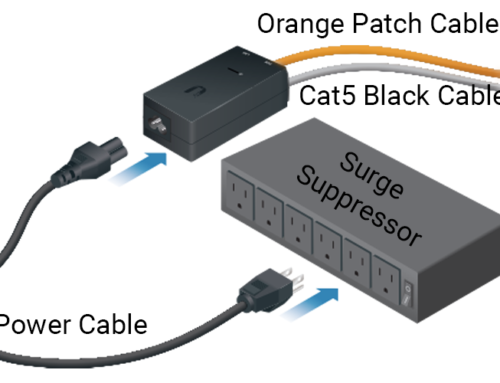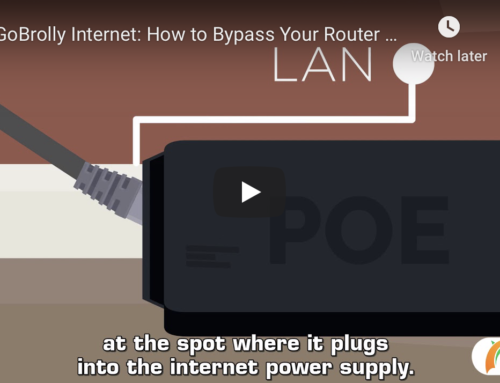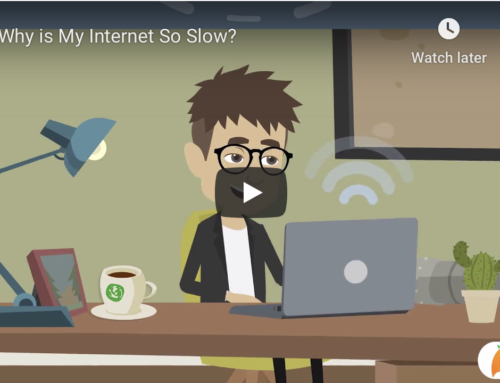Published September 2025
Why Your Internet is Slow (and 5 Ways to Fix it Fast)
Few things are more frustrating than slow internet—especially when you're on a video call, trying to stream a movie, or downloading a game. Whether it's buffering, lag, or painfully slow load times, we've all muttered: "Why is my internet SO slow?!"
The truth? There are many reasons your connection might be crawling—and the good news is, many of them are fixable. Let's look at 5 common reasons your internet might be sluggish and 5 things you can do right now to speed it up.
5 Reasons Your Internet is Slow
No 1: Too Many Devices Sharing the Connection
Your internet connection is like a highway. The more devices using it at once, the more congested it gets—especially if some are downloading, streaming, or gaming. This is called contention, and it can happen both inside your home and on your ISP's network if they oversubscribe customers without enough bandwidth.
No 2: Your Current Provider Doesn't Prioritize Internet Performance
If your ISP is primarily a telephone or cable TV company, their infrastructure may not prioritize modern internet needs. These legacy networks often lag behind in upgrades, and they weren't built for today's internet demands—especially in rural areas.
No 3: Speed is Just a Number . . . Usability Matters More
Internet performance isn't just about download speed. Many providers advertise high Mbps, but what truly impacts your experience is usability—a combination of low latency, reliable upload speeds, and consistent performance across devices. Video calls, online gaming, smart home devices, and cloud-based work all depend on more than just raw speed. If your connection buffers, lags, or drops—even with a fast speed test result—it's not keeping up with how modern households use the internet.
No 4: Upload Speeds Are Overlooked
Download speed gets all the hype, but upload speed is just as critical—especially for two-way communication like video calls, gaming, or uploading files. If your upload speed is low, everything feels slower, no matter how fast your download numbers look.
Did you know? Most internet providers build asymmetric networks that favor downloads over uploads, sometimes by a ratio of 4:1 or worse.
No 5: Technology Is Moving Faster Than Your Internet
Smart TVs, 4K video, gaming consoles, smart homes, and cloud services are demanding more from your connection than ever before. If your provider hasn't kept up—or you're using an outdated router—you're stuck in the slow lane.
5 Ways to Speed Up Your Internet
Now that you know why your connection may be slow, here's what you can do about it—starting right now:
No 1: Pause Devices You're Not Using
Every connected device uses a slice of your bandwidth. Shut off or pause unused devices—especially smart TVs, gaming consoles, or cloud backups.
Tip: Don't forget about smart speakers, cameras, and thermostats quietly using data in the background.
No 2: Restart Your Router (and Devices)
Just like your computer, your router needs a fresh reboot from time to time. Power it off and back on to clear up glitches. Rebooting your devices can help them reconnect cleanly too.
If your router is more than 3–5 years old, consider upgrading to a newer model.
No 3: Reduce Signal Interference
Wi-Fi signals can be blocked or weakened by household electronics and building materials. Here's how to get the most from your signal:
- Place your router in a central, elevated location.
- Avoid thick walls, basements, or closed cabinets.
- Keep it away from devices like microwaves, Bluetooth speakers, and baby monitors.
No 4: Ask About Upload Speeds
Most ISPs highlight their download speeds and hide the upload side of things. But your online experience depends on both.
Ask your provider: What are your upload speeds? If they hesitate or can't answer confidently—that's a red flag.
Pro tip: Providers like GoBrolly offer balanced upload/download speeds for smoother, more responsive performance.
No 5: Have a Backup Plan
Outages and slowdowns can happen. Prepare with a Plan B:
- A secondary Internet connection from another provider, if available
- A mobile hotspot through your phone provider
Final Thought
The number of connected devices in the average home is exploding—smart TVs, cameras, lights, appliances, and more. Staying aware of how your devices use bandwidth, and being informed about how internet works, can make a huge difference in your experience.
If you've tried the steps above and things are still slow, it may be time to re-evaluate your provider or upgrade your plan. A well-designed network—especially from a provider who puts internet first—is key to enjoying the speed and reliability you deserve.
📞 Are You in the Brolly Zone?
Call us or click on the link below to find out if GoBrolly is available in your area—we’ll help you pick the perfect solution for how you stream, surf, and stay connected and more!






